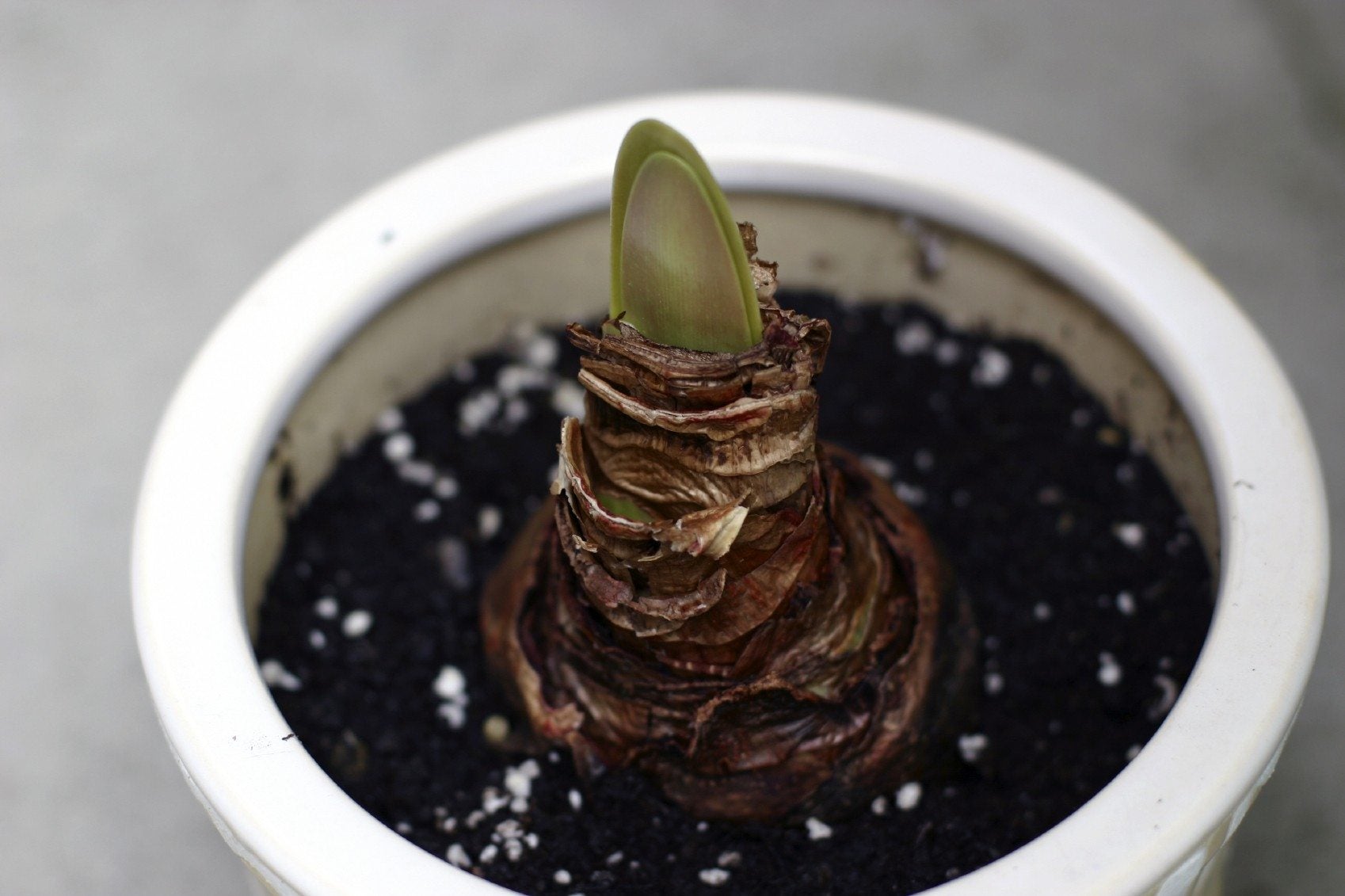Soil For Amaryllis Plants – What Kind Of Soil Does Amaryllis Need


Amaryllis is a great early-blooming flower that brings a splash of color to the dark winter months. Since it blooms in winter or early spring, it’s almost always kept in a pot indoors, meaning you have a lot more say in the kind of soil it grows in. So, what kind of soil is best for amaryllis care? Keep reading to learn about amaryllis soil requirements and the best potting mix for amaryllis.
Soil for Amaryllis Plants
Amaryllis bulbs grow best when they’re slightly crowded, so you don’t need too much potting mix. Your pot should leave only 2 inches (5 cm.) between its sides and the edges of the bulb. Amaryllis bulbs don’t like to sit in damp soil, and too much material around them can lead to them becoming waterlogged and rotten. A good soil for amaryllis plants is well-draining. You can use nothing but peat as the soil for amaryllis plants, but keep in mind that peat is hard to rehydrate once it dries out.
What Kind of Soil Does Amaryllis Need?
The best potting mix for amaryllis is high in organic matter but also well-draining.
- One good mix is made of two parts loam, one part perlite, and one part rotted manure. This makes for a nice balance of organic and draining amaryllis soil requirements.
- Another recommended mix is one part loam, one part sand, and one part compost.
Whatever you use, just make sure your organic material is well rotted and broken up by enough gritty material to allow water to drain easily. When you plant your amaryllis, leave the top third to half of the bulb (the pointy end) above the potting mix. Amaryllis bulbs don’t require a lot of potting mix, so if you wind up with extra, keep it in a sealed container and save it until you need to repot. This way you’ll be sure to have the appropriate and sterile soil on hand.
Sign up for the Gardening Know How newsletter today and receive a free copy of our e-book "How to Grow Delicious Tomatoes".

The only child of a horticulturist and an English teacher, Liz Baessler was destined to become a gardening editor. She has been with Gardening Know how since 2015, and a Senior Editor since 2020. She holds a BA in English from Brandeis University and an MA in English from the University of Geneva, Switzerland. After years of gardening in containers and community garden plots, she finally has a backyard of her own, which she is systematically filling with vegetables and flowers.